Personal income rose by 0.7 percent in March, while personal consumption expenditures (PCE) climbed by 0.5 percent (helped by a surge in auto sales pre-tariff but hurt by a drop in energy prices) – very solid results suggesting good momentum heading into the second quarter (and tariffs). But perhaps even better news was that the PCE price index was unchanged for the month, as was the core PCE. The 12-month trend rate fell to 2.3 percent for the overall PCE and 2.6 percent for the core. While both of these inflation measure remain above the Fed’s long-term goal of 2.0 percent, they are close. (Note that better measures of underlying inflation (median and trimmed-mean PCE) will be released later today by regional Federal Reserve banks.)
An excellent report as far as it goes, with solid consumer spending and lower inflation. But these data are pre-tariff (although the surge in auto sales was certainly helped by tariff concerns). What will happen going forward? It depends highly upon tariffs: how much will prices rise and will it be only a one-time increase, and will tariffs create shortages of goods to purchase (or at least raise their prices by enough to reduce spending)? Firms are already increasing prices in April (Amazon, etc.), and freight shipments into the U.S. have slowed significantly. This suggests that at least in the near term inflation will move higher and PCE will slow. By how much and for how long is still very uncertain.
The Federal Reserve will likely be pleased with today’s report, with solid growth and lower inflation. This increases the odds that there will be no change in monetary policy at next week’s FOMC meeting. What happens after that will depend on how tariffs impact inflation and economic growth (especially PCE). Slower consumer spending could move the Fed to ease policy as early as the June FOMC meeting, but higher inflation will offset that to some extent – and perhaps even result in the Fed tightening monetary policy. Unfortunately, the Fed lacks the policy tools to fight a negative supply shock (tariffs) that results in both slower growth and higher inflation. How the Fed addresses this in the future will depend upon a number of factors, including the magnitude of a potential economic slowdown versus the magnitude of possible rising inflation and how the Fed views the costs of each. For now, no change in policy is likely.
David W. Berson, Ph.D., CBE
Chief Economist
Feedback | Bio
Sign up for our Market Commentaries
Cumberland Advisors Market Commentaries offer insights and analysis on upcoming, important economic issues that potentially impact global financial markets. Our team shares their thinking on global economic developments, market news and other factors that often influence investment opportunities and strategies.
Links to other websites or electronic media controlled or offered by Third-Parties (non-affiliates of Cumberland Advisors) are provided only as a reference and courtesy to our users. Cumberland Advisors has no control over such websites, does not recommend or endorse any opinions, ideas, products, information, or content of such sites, and makes no warranties as to the accuracy, completeness, reliability or suitability of their content. Cumberland Advisors hereby disclaims liability for any information, materials, products or services posted or offered at any of the Third-Party websites. The Third-Party may have a privacy and/or security policy different from that of Cumberland Advisors. Therefore, please refer to the specific privacy and security policies of the Third-Party when accessing their websites.

